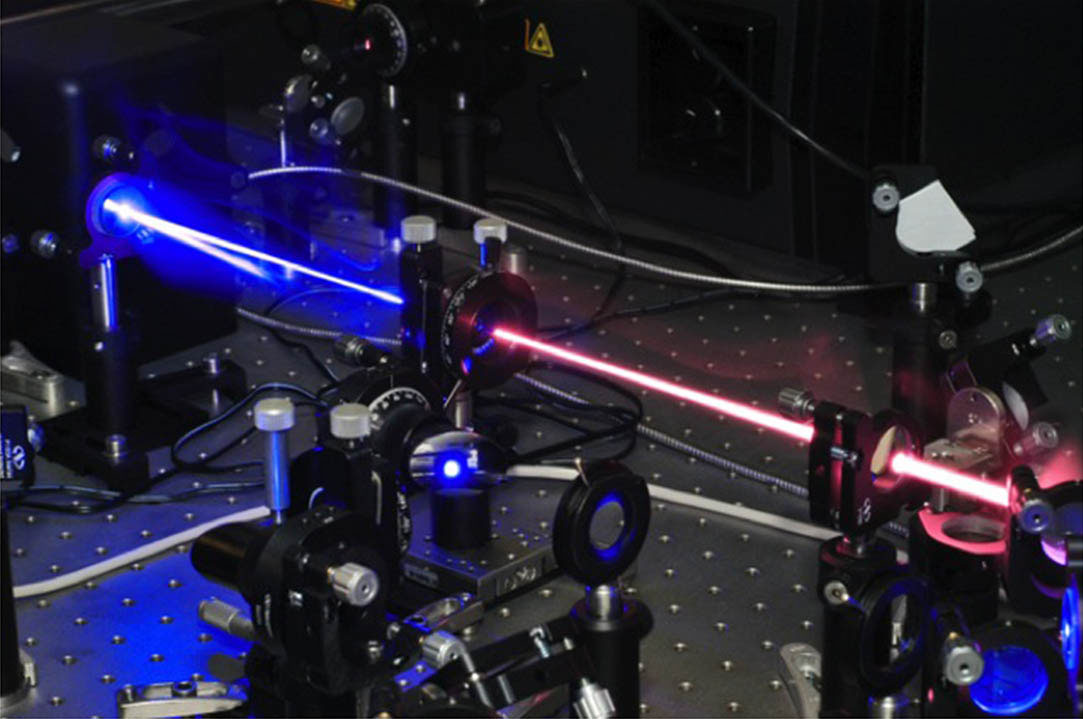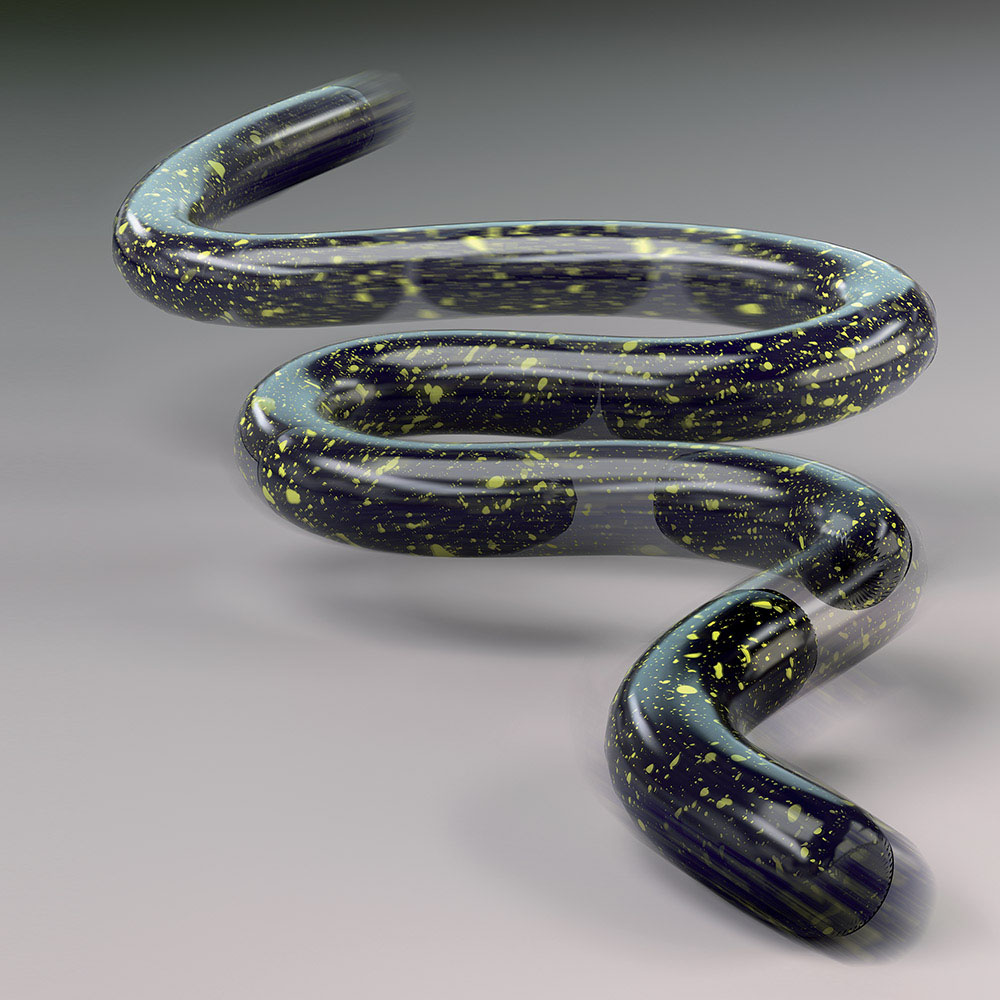Pump-probe technique
The pump-probe technique enables us to measure ultrafast phenomena inside matter such as the movement of atoms or electron excitations, thanks to very short laser pulses.
In order to do this, a very short and intense laser pulse, the “pump”, is sent on an object to excite it. A second and weaker pulse, the “probe”, is sent right after the first one and helps us measure the effect of the first excitation. By changing the interval between the first and second pulse, we can reconstruct the evolution of the excitation in the course of time and “film” it to the femtosecond.

In laboratory
The pump-probe technique is now being developed in many laboratories thanks to new generations of ultrashort pulse lasers. For the first time we are able to measure very short effects and to probe into interactions inside solids that we did not quite understood so far. For instance, we can measure if there is any link between atom vibrations and the emergence of superconductivity in new superconductors, or even take “photographs” of electrons shifting inside a molecule.

